I just returned from a trip to Scandinavia with my son and his wife and I thought I would make another post related to our travel. “Sweden and Norway and Carl XIV Bernadotte” is a factual post, but it is not a super-fact post.
This post is about an interesting Swedish and Norwegian king who was imported from France, and who was the founder of the current Swedish dynasty, Bernadotte. While the United States is a democratic federal republic and Sweden is a democratic constitutional monarchy, they are both representative democracies with a lot in common politically.
The Swedish political power is divided between a legislative, executive, and judicial branch, just like in the United States, people vote for their representatives, and the modern Swedish king does not have any significant political power. However, the royal family is an important symbol for Sweden and is in general well liked. Below is the photo of the current Swedish royal family.
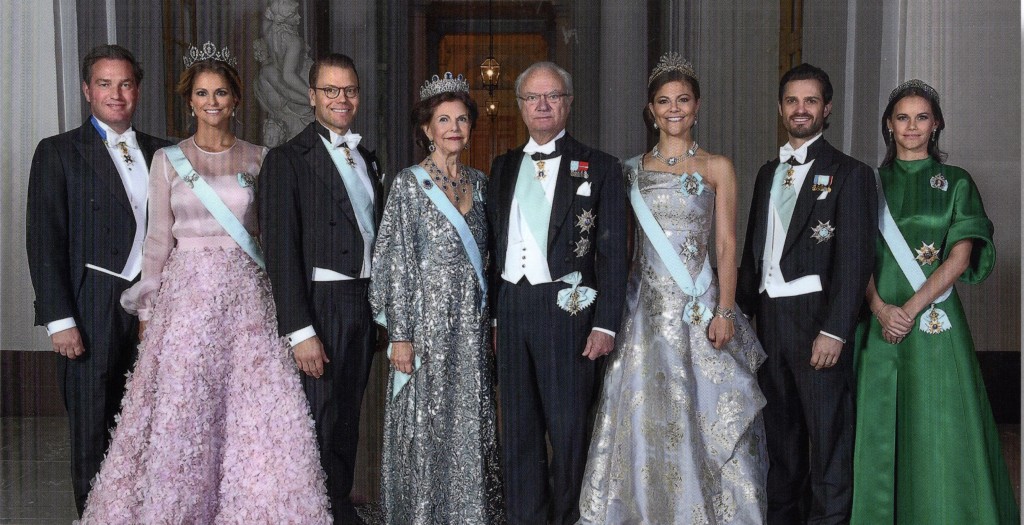
It may come as a surprise to non-Americans that despite the United States being a Democratic Republic and not a monarchy, Americans are obsessed by the British Royal family. I should say that this obsession is only with the British Royal Family and not with any of the other 42 Royal Families of the world. Sweden, Norway and Denmark are all monarchies, but my efforts to create an American obsession with the Swedish royal family might be in vain. Below is a map of northern Europe showing these three countries and a few more north European countries.

King Karl XIV Johan of Sweden (or Carl XIV), or Charles XIV John was King of Sweden and Norway from 1818 until his death in 1844 and the first monarch of the Bernadotte dynasty. However, he was elected the heir-presumptive to the childless King Charles XIII of Sweden in 1810 and became the de facto ruler after Charles XIII (Carl XIII) had a stroke in 1812. King Karl XIV was born in France 26 January 1763 and his name was originally Jean-Baptiste Jules Bernadotte.
During the Napoleonic Wars, he participated in several battles as a Marshal of France, and he played a significant role in the French victory at Austerlitz. He became an extended member of the French Imperial family (Emperor Napoleon).
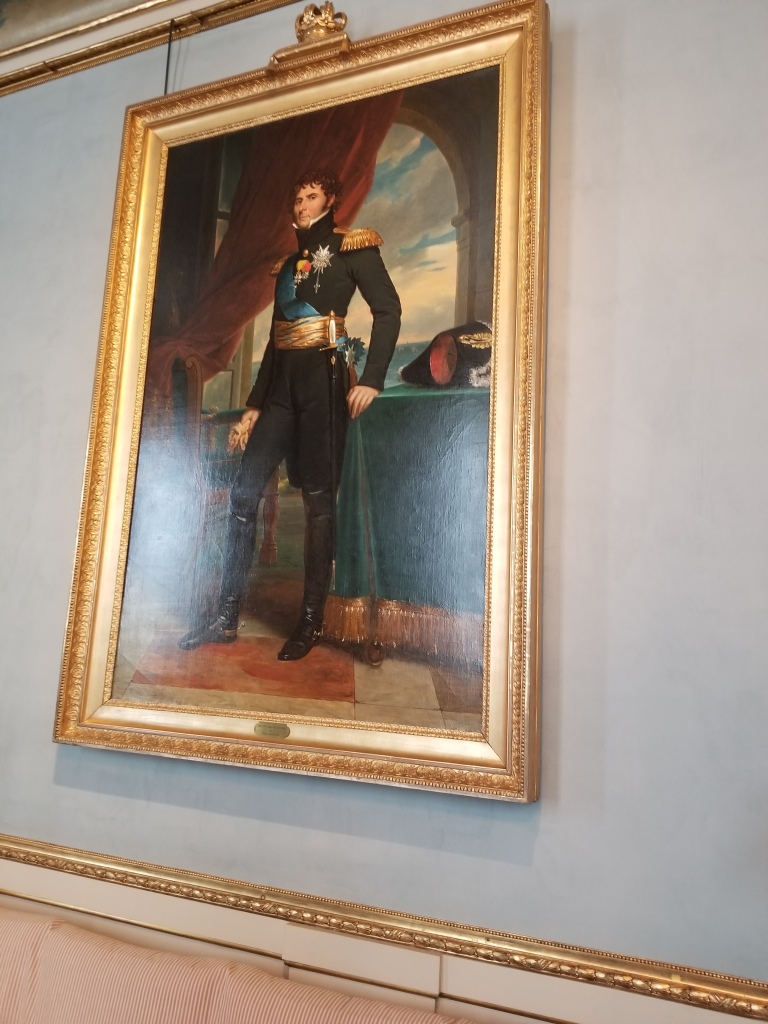

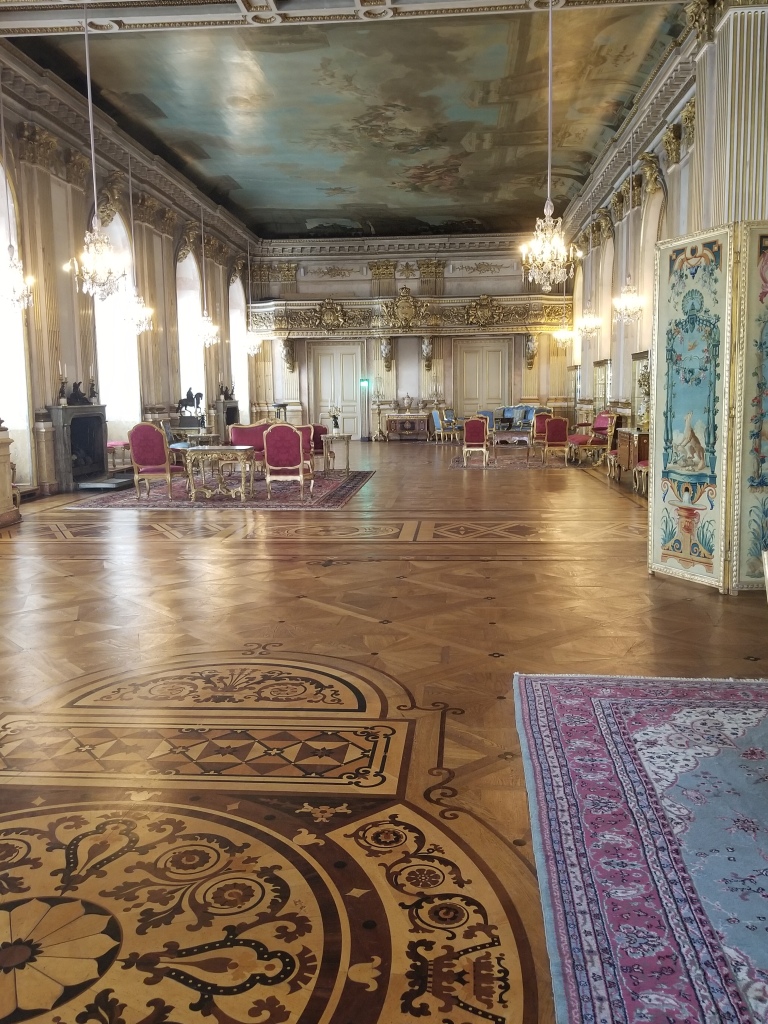

Sweden took Norway from Denmark in 1814, and Karl XIV Johan became the ruler of both Sweden and Norway and was officially made king in 1818. Sweden was a country that had been almost constantly at war but since 1814 reign Sweden was at peace. Sweden’s longstanding non-alignment and peace was initiated during King Carl / Karl XIV reign (Karl XIV Johan died 1844). Norway and Sweden resolved their union peacefully in 1905. Karl XIV Johan was popular in both countries.
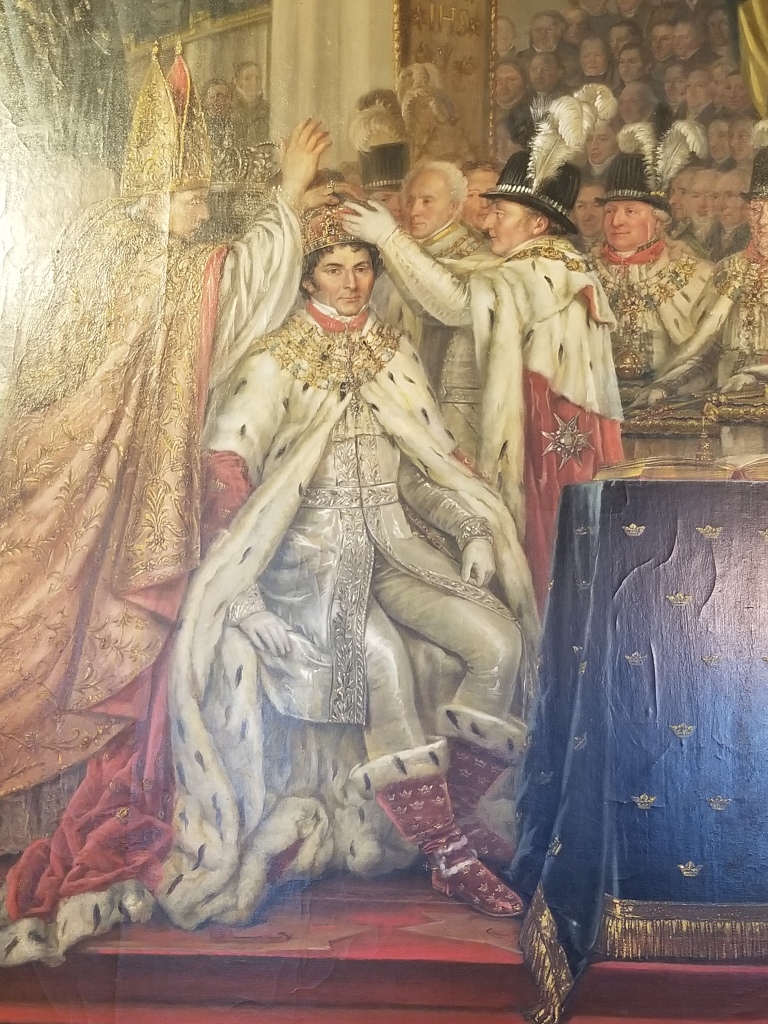
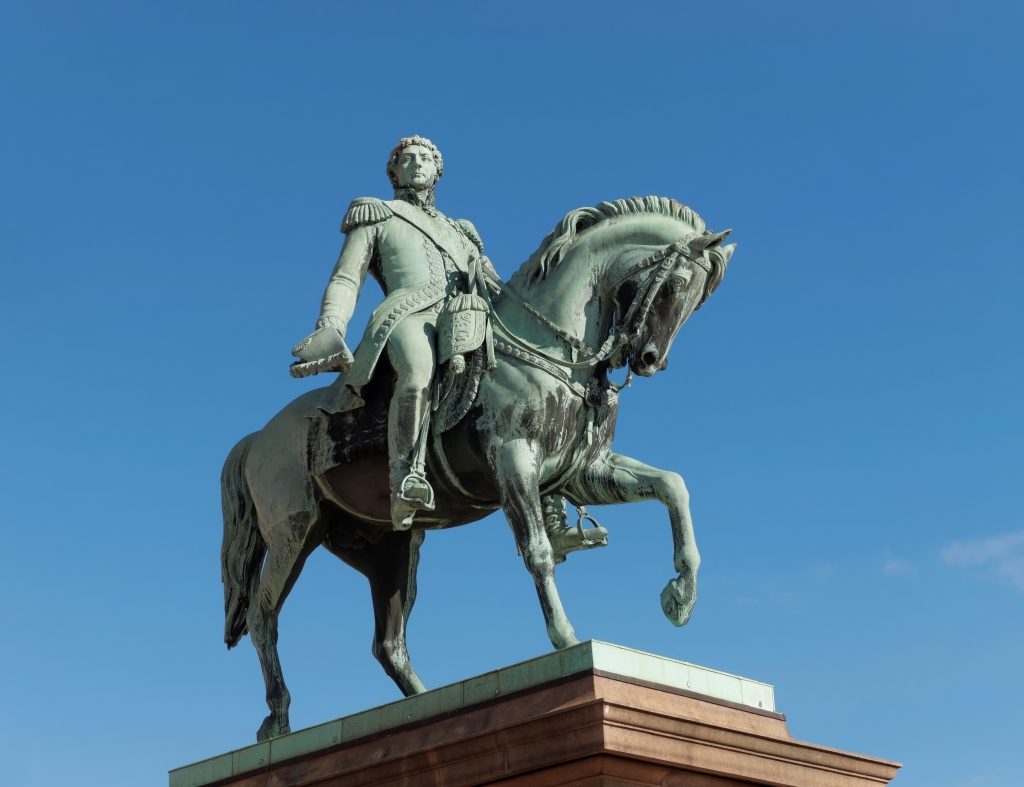


Hi Thomas, it is interesting to learn more about the Swedish royal family. A stunning picture. I must share my pictures about Norwegian royalty. You have inspired me.
LikeLiked by 2 people
Thank you so much Robbie. That would certainly be interesting to see.
LikeLike
It sounds like you had a wonderful trip, Thomas! Looking forward to reading more about it. 🙂 Interesting to learn about the Swedish royal family. You’re right, most people in North America are fascinated by the British monarchy. When I lived in Germany (1960s), the tabloids were full of stories about all royals, including Scandinavian, Dutch, and especially Monégasque.
LikeLiked by 2 people
Thank you so much Debbie. We had a good trip. It is interesting to do tourism in your own country. About royalties, it is the same in Sweden. The tabloids/newspapers cover royalty from the other nordic countries and other European countries too, and sometimes Thailand, Japan and Bhutan, but in the US it is only the British Royal family.
LikeLiked by 1 person
a friend told me that when she grew up in Sweden, went to public schools, religion was part of the curriculum – is that still true?
LikeLiked by 1 person
da-AL I am so sorry I missed this comment. I saw it when I went back and looked at my old posts. But anyway, religion was part of the curriculum and I believe it still is. However, you study all of the religions around the world. Christinianity, Hinduism, Islam, Buddhism, Judaism, Shinto, Confucianism, Jainism, indigenous beliefs, spiritism, agnositicism and atheism. It is not like sunday school. It is more like Geography. You go around the world and familiarize yourself with different traditions, the history of the religions and something about the beliefs. It is all equal. No religion is better than the other.
LikeLiked by 1 person
Interesting. Did your kids, get similar here?
LikeLiked by 1 person
St. Marks School of Texas and Hockaday are non-denominational schools so some similarity
LikeLiked by 1 person